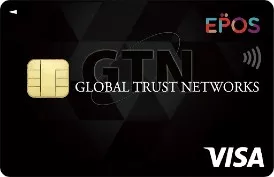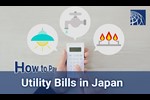How to Pay Utility Bills in Japan
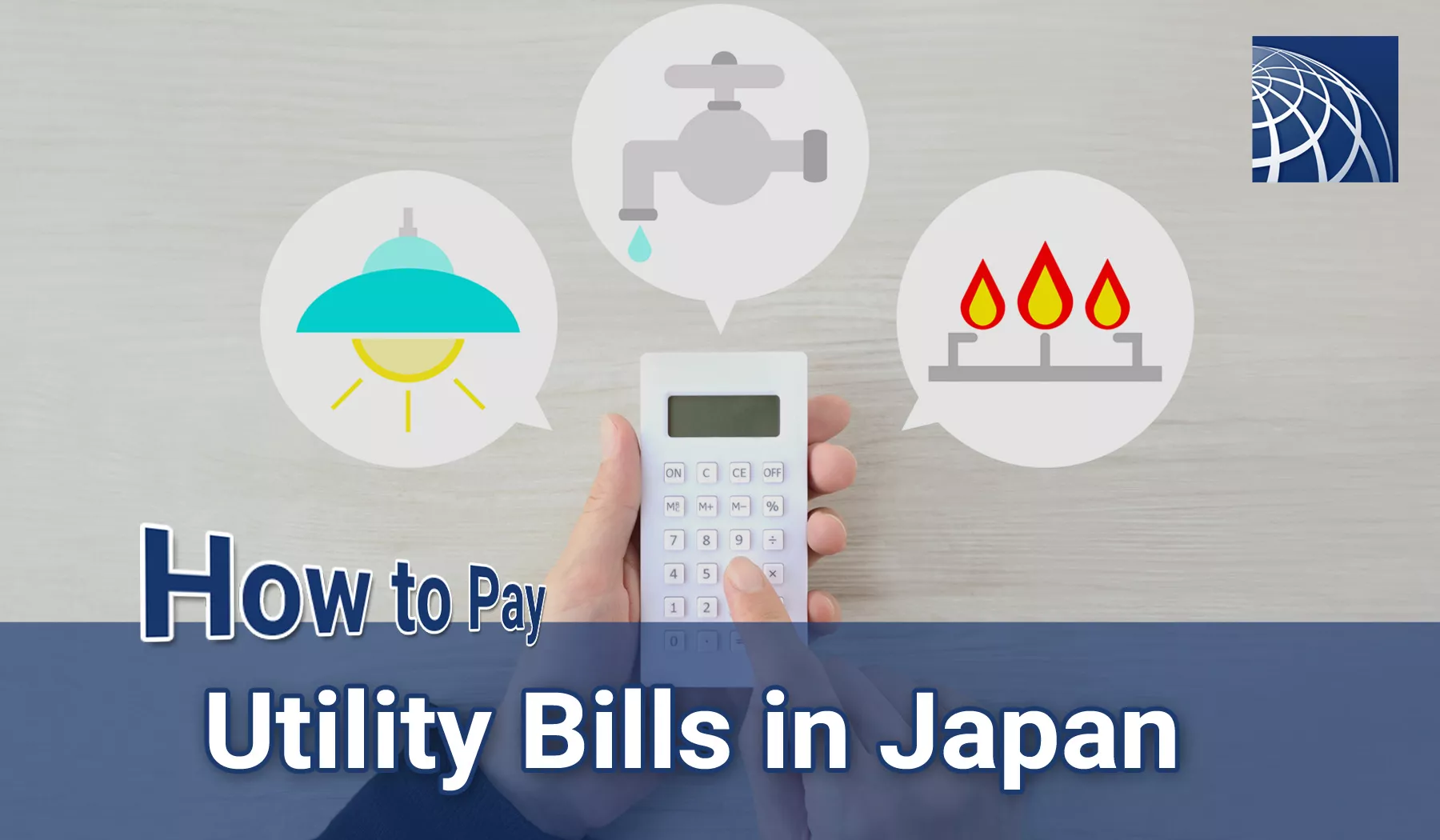
Lifeline utilities provide necessary services to each city such as electricity, gas, and water. These basic services are needed for everyday life. In this article, you can learn about the rate structure and payment methods of Japanese Utilities.
Electricity and gas rates vary monthly according to current fuel costs and exchange rate fluctuations.
How to Check Your Utility Bills
A professional working for the utility companies will come to your home to check the gas meters once a month and the water meter once every two months.
For Gas and Water, a "notice of consumption" will be placed in your mailbox. The notice indicates the amount to be billed and also counts as a receipt if your bill is paid via automatic bank withdrawal. The notice may appear to be a bill, but it is not.
For electricity, it depends on the company however, Tokyo Electric Power Company (TEPCO) stopped sending notices and bills. You need to check online via their website by logging in with your ID and password. All guidance is in Japanese only, so if you do not speak Japanese, ask someone who does to assist you. For a payment, there are three options: direct debit, credit card and transfer form (invoice).
An example of a notice for water consumption:
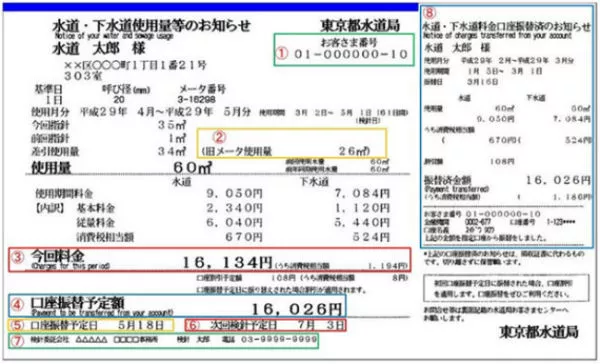
An example of a water bill and receipt:

The amount billed will be more than the national average rate if you use a central air conditioner unit or have a higher voltage breaker installed. In the event that a home is equipped with a central air conditioning unit that uses a separate energy source from the rest of the home, two separate electricity bills will be issued. Expats living in larger homes also may pay more than the average due to the amount of electricity that is larger than an average home consumes.
> Public Utility Prices in Japan (Electricity, Gas, Water)
How to Pay Utility Bills
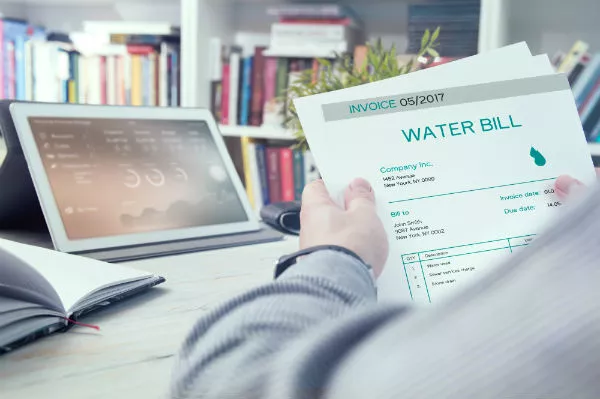
There are multiple methods for paying bills in Japan.
Paying at a Convenience Store
Paying your bills at a convenience store (called Konbini in Japanese) is very easy and practical. All you have to do is to take your bills to a convenience store (Seven Eleven, Lawson, Family Mart etc...) and hand the bill at the cashier. They will scan the barcode on the bill and tell you the cost. After payment, you will receive a receipt with a stamp. This receipt is your proof of payment. Be sure to keep the receipt in case you need it if the company contacts you.
Bank Transfer (口座振込 - Kouza Furikomi)
Another method for paying your bills is to wire the amount directly from your bank account. This payment method is called 口座振込 (Kouza furikomi) in Japanese. Either you go to the bank, do the transfer from an ATM or do the transition via internet banking. The first time you do a bank transfer online or at an ATM you will have to enter the information for the destination of the money transfer. Most ATMs will allow you to save this information so that when you pay the following month you are able to select it from a list.
Automatic Payment (口座振替 - Kouza Furikae)
You can arrange to have your utility bills paid automatically from your bank account or credit card. In order to set this up, you will need to fill out an application form which can be requested from the utility company. It's called Kouza Furikae(口座振替)in Japanese. Once filled out, the form will need to be sent by mail to the utility company. It usually takes about a month for the application to be processed. This means that you will have to pay using another method (one of the options listed above) until your automatic payment starts. Once your bill starts being withdrawn automatically, instead of a bill, you will only get a notification and a receipt in your mailbox.
Credit Card Payment
These websites below regarding this payment are in Japanese only.
EPOS VISA CARD for Foreign Residents
Global Trust Networks (GTN), a corporation that specializes in delivering comprehensive lifestyle support services for foreigners, has partnered to offer the GTN EPOS Card. It is a no-deposit credit card that is simple to apply for and they have full English-Support.
If you would like to find the best electricity supplier for you

- Rental Apartments & Houses in Tokyo
- Listings of popular and luxurious rental apartments, condominiums, and houses designed with expats in mind.

- Apartments & Houses for Sale in Tokyo
- Listings of apartments, condominiums, and houses available for purchase in Tokyo.
